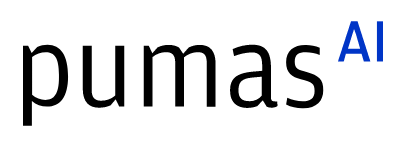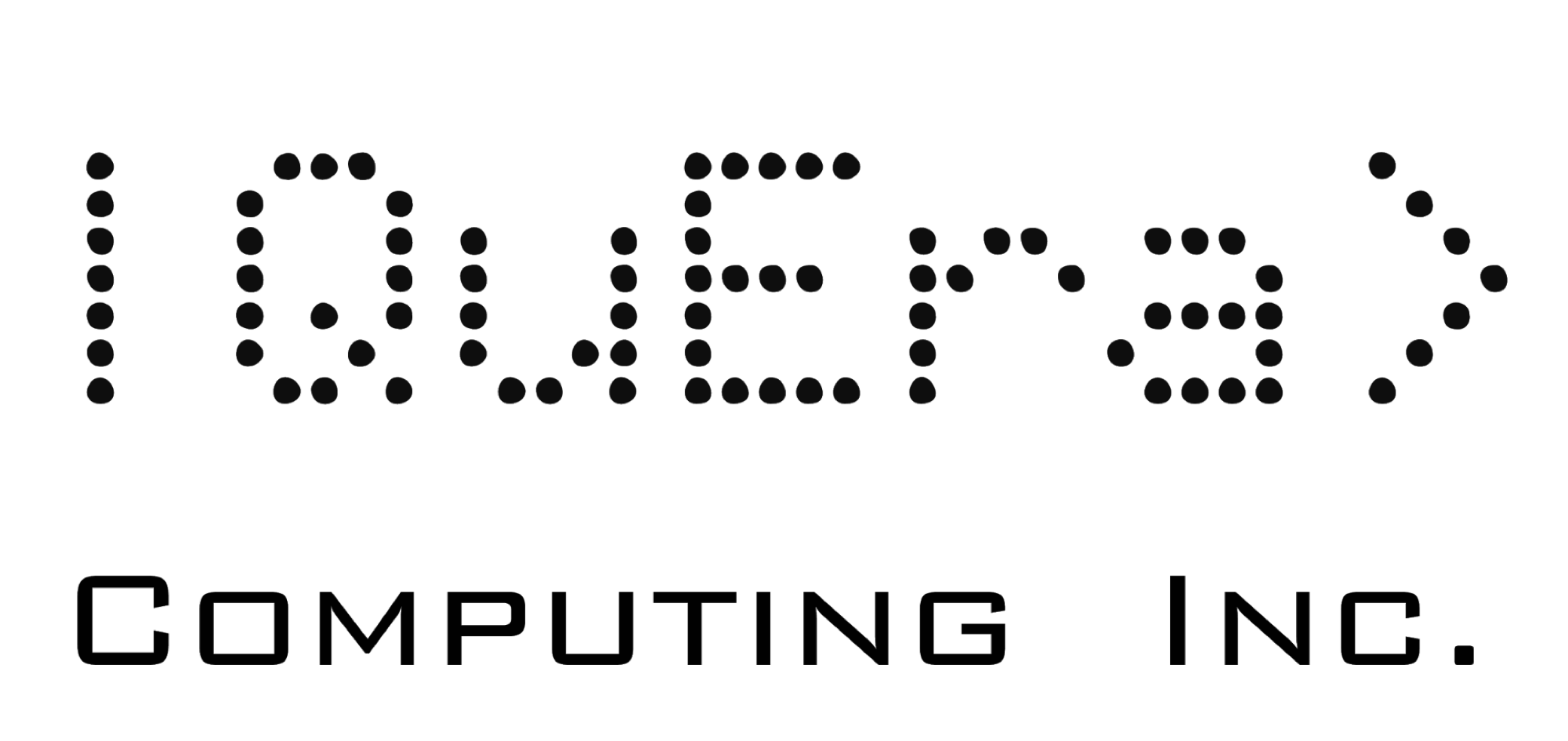Julia Gaussian Processes
Abstract:
Julia Gaussian Processes (Julia GPs) is home to an ecosystem of packages whose aim is to enable research and modelling using GPs in Julia. It specifies a variety of interfaces, code which implements these interfaces in standard settings, and code built on top of these interfaces (e.g. plotting). The composability and modularity of these interfaces distinguishes it from other GP software. This talk will explore the things that you can currently do with the ecosystem, and where it’s heading.
Description:
Gaussian processes provide a way to place prior distributions over unknown functions, and are used throughout probabilistic machine learning, statistics and numerous domain areas (climate science, epidemiology, geostatistics, model-based RL to name a few). Their popularity stems from their flexibility, interpretability, and the ease with which exact and approximate Bayesian inference can be performed, and their ability to be utilised as a single module in a larger probabilistic model.
The goal of the JuliaGPs organisation is to provide a range of software which is suitable for both methodological research and deployment of GPs. We achieve this through a variety of clearly-defined abstractions, interfaces, and libraries of code. These are designed to interoperate with each other, and the rest of the Julia ecosystem (Distributions.jl, probabilistic programming languages, AD, plotting, etc), instead of providing a single monolithic package which attempts to do everything. This modular approach allows a GP researcher to straightforwardly build on top of lower-level components of the ecosystem which are useful in their work, without compromising on convenience when applying a GP in a more applications-focused fashion.
This talk will (briefly) introduce GPs, and discuss the JuliaGPs: what its design principles are and how these relate to existing GP software, how it is structured, what is available, what it lets you do, what it doesn’t try to do, and where there are gaps that we are trying to fill (and could use some assistance!). It will provide some examples of standard use (e.g. regression and classification tasks), making use of the core packages (AbstractGPs, ApproximateGPs, KernelFunctions), and how to move forward from there. It will also show how the abstractions have been utilised in the existing contributors’ research, for example with Stheno, TemporalGPs, AugmentedGPLikelihoods, GPDiffEq, BayesianLinearRegressors, LinearMixingModels, with the aim of providing inspiration for how you might do the same in your own.
Platinum sponsors



Gold sponsors


Silver sponsors








Media partners



Community partners


Fiscal Sponsor
